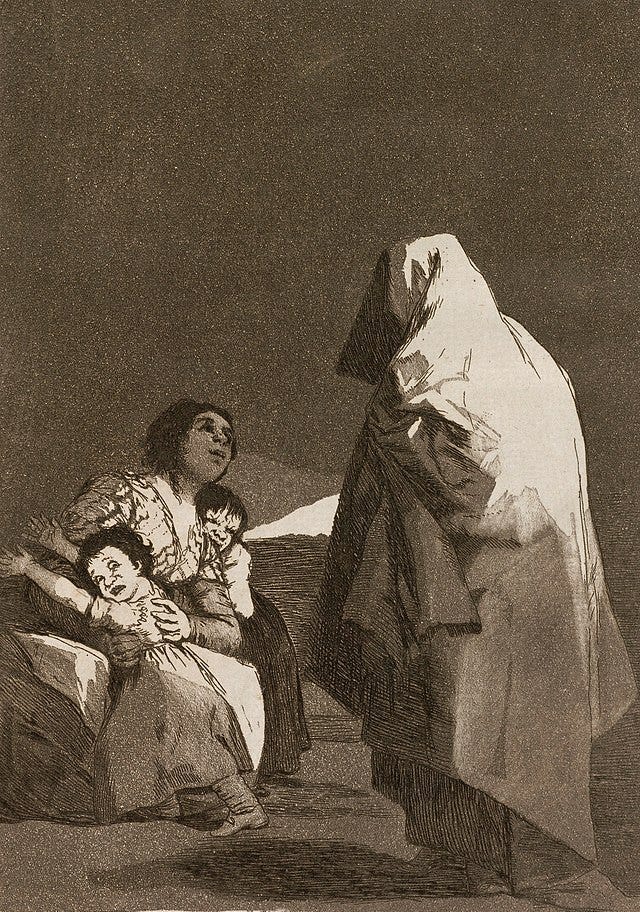Author’s Note: If you’ve been keeping score, yes, I write about Disney a lot. It’s not a mouse cult thing (I swear), it’s part of an ongoing exercise in memory, identity, and mild media-induced existentialism. These essays are how I sift through the slightly fogged-over vault of my childhood and interrogate how deeply a cartoon empire managed to program entire generations, myself included, without most of us noticing.
Disney was a huge part of my upbringing. But it also served as a mirror to the world I inhabited—one that signaled stability, cultural competence, and a deep, unquestioned trust in the institutions that now seem... let's say, shakier in hindsight. These pieces are part nostalgia, part critique, and part therapy. (All unpaid until now.)
If this resonated, or at least made you laugh-while-crying, consider becoming a paid subscriber. Support more dives into the sparkly depths of soft power, childhood mythology, and the occasional talking animal pushing empire with a smile.

Don’t Look Under the Bed (1999) is one of those flicks you saw as a kid and still recall during your quarter-life crisis, because it’s just spooky enough to stand out from the saccharine sea of other Disney Channel Original Movies. It follows Frances McCausland (played by Erin Chambers), who suddenly becomes the prime suspect behind town-wide pranks, from power outages to gelatin‑flooded pools, in her sanitized suburb of Middleburg. Enter Larry Houdini (Ty Hodges), an imaginary friend visible only to her, guiding her through the breadcrumb trail of boogey-infused chaos. Sure, it leans into some old-school tropes, but it also hits like a surprisingly raw portrait of grief, guilt, and childhood trauma.
This was Disney in its formative DCOM (Disney Channel Original Movie) years, when they hadn’t yet found the assembly‑line formula. It’s a relic from the moment when Disney had scoped out its core audience: kids from stable homes, raised to see diversity as inevitable, ready to chase self‑actualization instead of just surviving. In that mix of branding and ideology, we got films about growing up “wrong,” literally becoming a ghost story, and maybe, just maybe, finding your way back.
The boogeyman exists in nearly every culture: La Llorona in Mexico, the Kludde in Belgium, Japan’s Namahage, and, of course, the Middle English “bogeyman” from the 15th century. Disney, of course, adapted the trope for modern America, creating an allegory about emotional and cultural exclusion, all while doubling as a Y2K babysitter.
Don’t Look Under the Dream

Middleburg is peak Stepford-lite suburbia: perfect lawns, drama-optional schools, emotionally literate parents who bake muffins and have heart-to-hearts. But flip that glossy surface, and it’s a story about who gets to belong in this so-called utopia.
Keep reading with a 7-day free trial
Subscribe to Stew on This to keep reading this post and get 7 days of free access to the full post archives.



